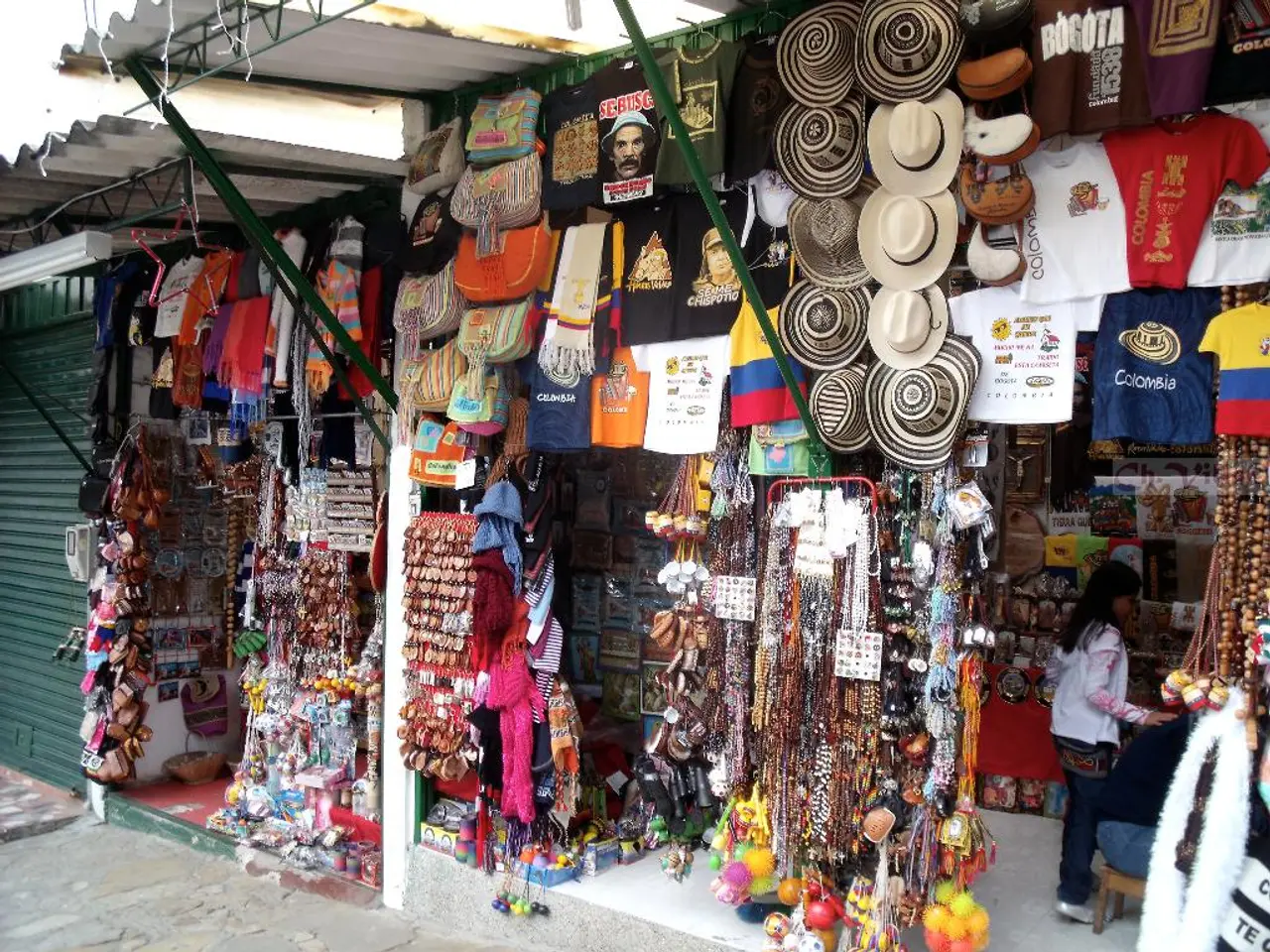Second-Hand Clothing Industry Anticipated to Expand to a Value of USD 273.5 Billion by 2032
The second-hand apparel market in North America is booming, accounting for a significant 30.0% of the global market share, valued at USD 21.3 billion in 2024. This trend is driven by millennials and Gen Z consumers, who are drawn to the affordability, uniqueness, and environmental consciousness of pre-owned fashion.
In 2024, Frasers Group, a leading retail conglomerate, announced the acquisition of Twin Sport, a leading Dutch sporting goods retailer, and invested £22 million in Boohoo as part of its expansion in online retail. Frasers Group has been actively increasing its presence in digital marketplaces and acquiring shares in well-known retailers.
E-commerce platforms dominate the distribution channel, with secondhand listings on eBay increasing by 31% over the past three years. Online resale platforms, such as ThredUP, Poshmark, Depop, Vestiaire Collective, Mercari, The RealReal, eBay, ASOS Marketplace, Goodwill Industries International, and Buffalo Exchange, are key players in the digital resale segment. Vinted, a European-based platform, has experienced significant growth, reporting a 61% year-on-year increase.
Dresses & Tops lead the market, accounting for over 38.0% of the total share, while Women's apparel holds the largest share, representing more than 55.0% of the market. The market exhibits a compound annual growth rate (CAGR) of 14.8% from 2023 to 2032, with the Global Second-Hand Apparel Market projected to reach approximately USD 273.5 billion by 2032.
Businesses are adopting circular models by reselling returned or unsold items, thereby minimizing waste and maximizing product lifecycle. Major brands, such as Adidas, H&M, and Primark, are launching sustainability initiatives, including in-store exchanges and resale programs. Established brands are also integrating circular economy principles, focusing on reworking and reselling vintage pieces.
Navigating varying regulations on used clothing imports and sales across different regions can be complex for businesses. However, tapping into emerging markets with growing middle classes presents opportunities for second-hand apparel businesses. Overcoming the stigma associated with wearing used clothing remains a barrier for some consumers, but 80% of young consumers believe buying used fashion carries no stigma.
The influx of low-quality fast fashion items into second-hand markets leads to environmental pollution and challenges for local designers. Partnering with designers to upcycle and reimagine second-hand clothing can attract fashion-forward consumers. Purchasing pre-owned clothing reduces textile waste and conserves resources, contributing to environmental conservation.
Consumers seek vintage and unique pieces in the second-hand market, allowing for individual expression beyond mass-produced fashion. Major brands are focusing on upcycling, transforming discarded materials into new fashion items. Consumers also appreciate the cost-effectiveness of second-hand clothing, making fashion accessible to a broader audience.
Educating consumers about the environmental and economic benefits of second-hand shopping can shift perceptions and increase adoption. Many second-hand stores operate as charitable organizations, where purchases support various social causes. Ensuring the quality and authenticity of second-hand items can be challenging, affecting consumer trust. However, utilising AI and data analytics can enhance inventory management and personalize customer experiences, providing assurance to consumers.
The largest revenues in the second-hand clothing market outside of North America are primarily found in European countries, with Germany and Austria being notable markets. Europe as a whole shows strong activity in this sector, with the UK's circular economy sector generating about £28 billion in revenue, employing nearly 120,000 individuals.
In conclusion, the second-hand apparel market is growing rapidly, driven by environmental consciousness, affordability, and the desire for unique fashion pieces. Businesses are adapting to this trend by implementing sustainable practices, utilising technology, and partnering with designers to create a more sustainable and accessible fashion industry.
Read also:
- Peptide YY (PYY): Exploring its Role in Appetite Suppression, Intestinal Health, and Cognitive Links
- Toddler Health: Rotavirus Signs, Origins, and Potential Complications
- Digestive issues and heart discomfort: Root causes and associated health conditions
- House Infernos: Deadly Hazards Surpassing the Flames








